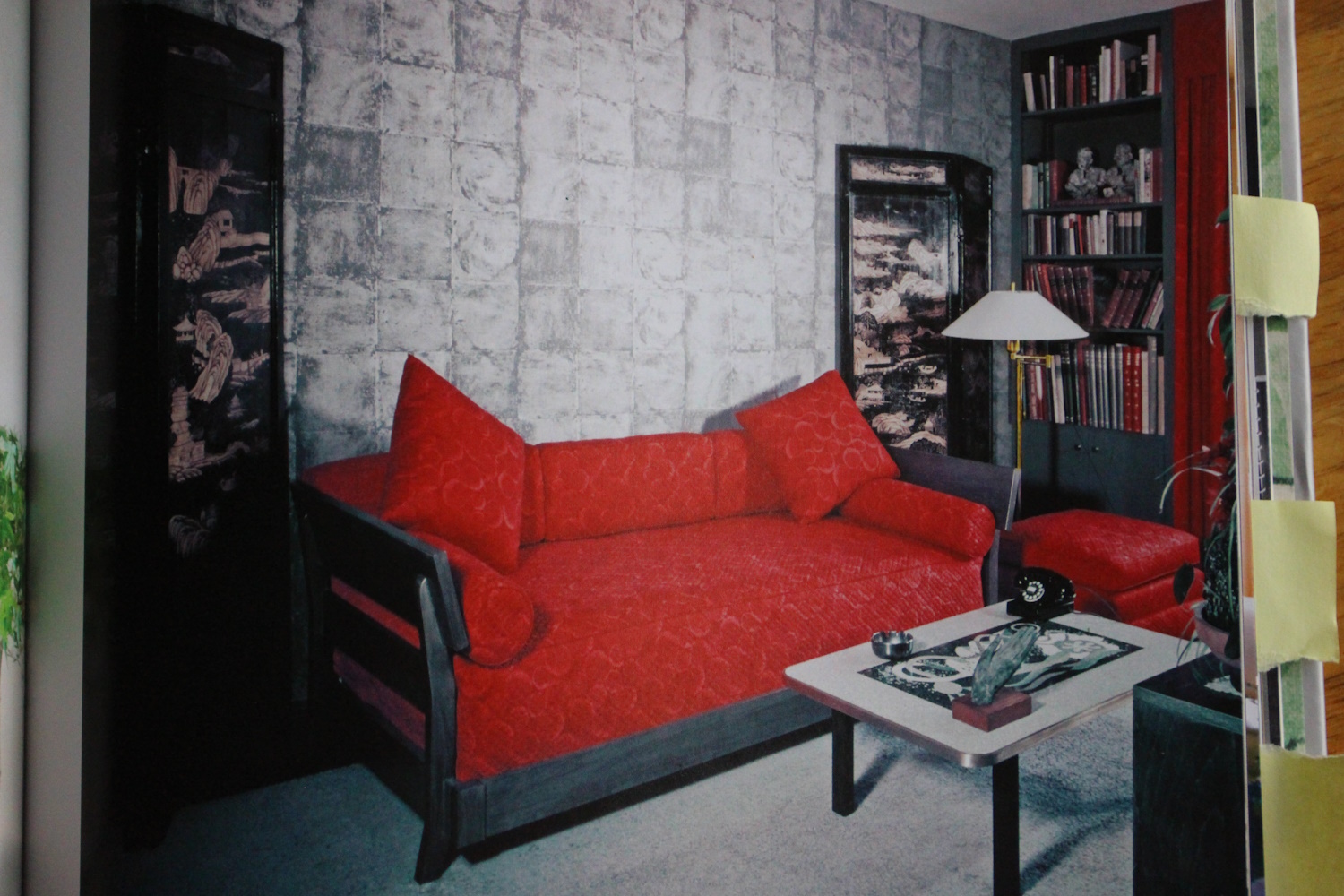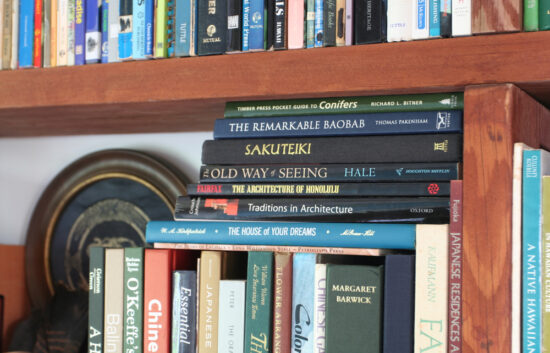Feng Shui, Calculated Casual and Shabby Chic Styles, and an “Off-Kilter” Look (with Special Reference to Minimalism)

The shape associated with the fame area of the bagua is angular—triangles, points and upward forms belong here.
How’s that for a title? They do all relate—at least in my mind. First, let’s go into an “off-kilter” look (that’s the main feng shui concern), then calculated casual and shabby chic, and we’ll end with minimalism (for all you fans of Dwell magazine.)
When parallel lines (seen in close proximity) are not quite parallel, it looks off-kilter—not lined up. The best place for that look is in the Fame area of the bagua because it implies (and sometimes is) an angle. The main thing to watch out for in having an off-kilter look is don’t overdo it. A little bit goes a long way and too much is severely off-balancing. Calculated casual is actually more of a look (as in overlay) than a style, and it’s a perfect way to work an angular, off-kilter design into an interior tableau.

This is not calculated casual—this is stupid. Constant exposure to this is damaging to your psyche.
Beware of using an off-kilter look on a vertical surface, such as pictures on a wall—it can be a sign of neglect. However, on most horizontal surfaces, off-kilter can say these objects are used in this household.
Did I ever mention that calculated casual is my favorite look in decorating? It’s so easy to live with, and it can comfortably overlay any other style of decorating. First, I should say that calculated casual is not the same as “shabby chic.” Don’t get me started on shabby chic—I hate it. It’s always bad feng shui because it cheapens the look of your home. Think about the word shabby.

It’s a bit crowded, but this is calculated casual. These things are picked up and used.
Calculated casual can be as simple as forgoing formal balance. Don’t go overboard with “foregoing formal balance”—some areas don’t just call for formal balance, they scream for it. (Certain fireplaces demand formal balance—there is sometimes no other way to make the room feel right.) Like anything, calculated casual can be done wrong—karate-chop pillows, for instance. The best calculated casual comes from years of experience—get started now, if you haven’t already. Wabi sabi is the very refined, Japanese version of calculated casual—and that brings us to our last topic—minimalism.
Yes, calculated casual even works with minimalism—in fact it makes minimalism look even more fabulous, and livable. Minimalism’s main feng shui problem is that it can be too yang for a home. This most often happens when formal balance is used. That usually happens because, with formal balance, it’s easier to figure out how to make it work in the space. Informal balance can take a good deal more thought and work. Minimalism is often fine for businesses and offices, which have a yang purpose—transactions. At home, you need some yin atmosphere—a bit softer. If minimalism is too formal in its visual presentation, it can easily look clinical. If you can get a minimalist look that people would describe as charming, then it’s undoubtedly suitable for a residence. (Good luck with that last one…If you can achieve it, send me photos!)
Leave a Comment Cancel Comment
Related Posts
Feng Shui & Fake Books
Feng Shui & Prayer Flags
Feng Shui & Dim Lighting
Recent Posts
Three Famous Gay Men from Huntsville, Alabama

My Youtube Feng Shui Channel





